Brazilian name: garça-da-mata
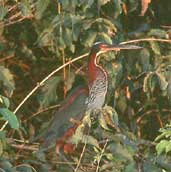
Pixaim, Mato Grosso, Brazil
September 2000 and December 2006
The Agami Heron is a shy, solitary bird. It hardly ever comes out into the open and is most frequently found at the water's edge under overhanging vegetation. It rarely, if ever, is to be found wading in the open.
Steve Hilty, in his fascinating book, "Birds of Tropical America", Page 28, explains that this habitat requirement is one of the reasons for its apparent rarity.
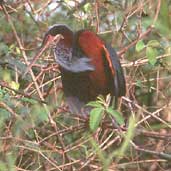
In the first photograph you should be able to make out the very short tibia which gives the bird a rather unusual stance.
Photos 6 and 7 show a juvenile bird on the banks of the Pixaim River.
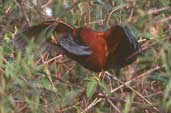
It is sufficiently distinctive to be classified as a separate genus
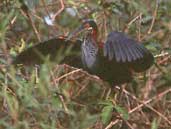
There are illustrations in HBW, Volume 1, Pages 378, 403
and 414; Hilty & Brown, Plate 2; and Sick, Plate 3.
There is a recording and a distribution map on xeno-canto.
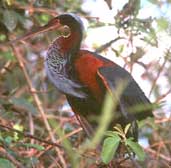
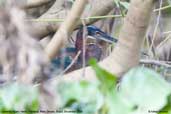
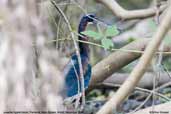
| Previous Page | Back to Index | Next Page |